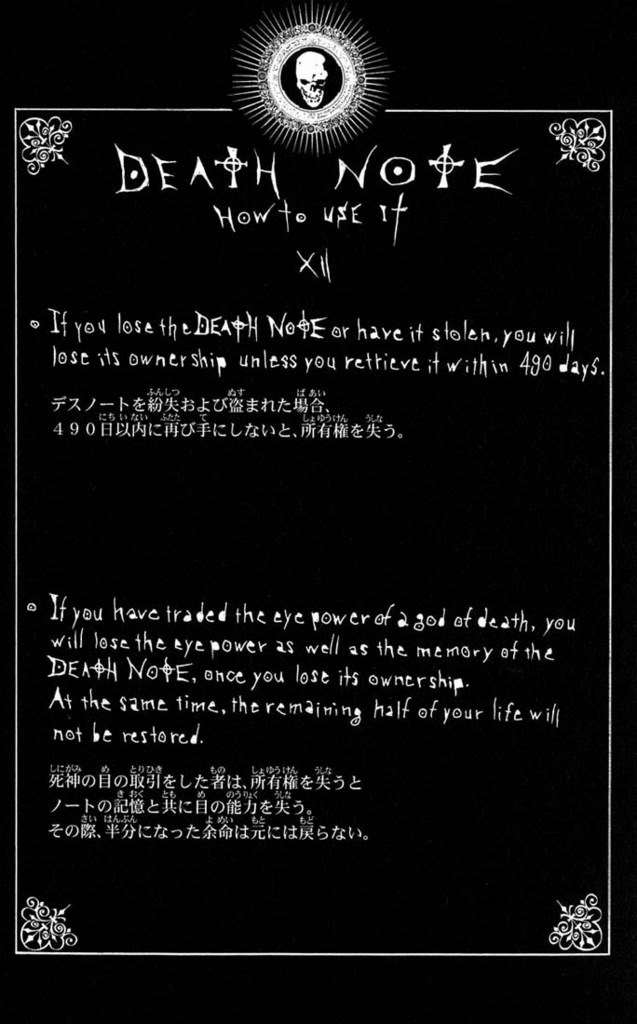
.png)
In the Edo period, flying torches were considered to have the ability to steal the souls of people who approached them. Onibi are floating fireballs that are formed from the spirits of humans and vengeful animals, who have remained in the world of the living.

Have you seen a floating blue fireball? It could be an Onibi. Kiyohime is considered to be a snake woman who kidnaps men in villages. Spitting fire from his mouth, he melted the bell and apparently killed the monk. Kiyohime followed him and found the bell. The monk, seeing this, took refuge in a temple asking the priest of the temple to hide it in a bell. When he swam, his fury made him turn into a snake. The monk escaped through the Hidaka River and asked the sailors not to help the girl cross the river, so Kiyohime jumped in and decided to swim to the other side. This upset Kiyohime, who decided to follow the monk. The monk Anchin also fell in love with her but limited himself to admiring her beauty without following his passions. Kiyohime fell in love with a monk who once visited his village. His family received travelers who passed through the town. According to Japanese folklore, Kiyohime was the daughter of the head of a town called Shōji.
:max_bytes(150000):strip_icc()/pieceofjapan_82438282_168055681225798_1258779691542419947_n-228498d5c3184c19829d4a389ef537d8.jpg)
One of the most famous legends of young demons is the story of Kiyohime. The young girls are called kijo and the grandmothers are called onibaba. According to Japanese folk tradition, women who have been betrayed by their husbands, or girls and grandmothers who have been abused or mistreated, can turn into demons or monsters. According to some legends, the Kasha are cat demons like Nekomata or Bakeneko, who kidnap the souls of sinners and lead them to hell. The Japanese have developed a methodology to protect the bodies of the Kasha. Kasha collects evil energy from cemeteries and funerals to make herself stronger. 7- KashaĪlso called chariot of fire, it is a demon or creature that steals the bodies of people who have died and who would have done evil and committed many sins during their life. According to the legends of the Edo period, they do have a body that gathers various objects and fragments of the homes where they live. On the other hand, there are various descriptions of these creatures. They do not exist physically and are only sounds that do not represent a great physical danger. His scream can pierce the ears of whoever hears it. The Uwan are considered bodyless and live in old or abandoned homes. 6- Uwanĭoes any noise scare you in an old Japanese house? If so, then a uwan is trying to talk to you. Other legends say that people listen to the Kodama when they die and that you can talk to these trees deep in the forest. The echo in the mountains is usually attributed to these demons. According to Japanese legends, these plants can curse the lumberjack who dares to cut them down, that is why many Japanese pray to the trees for permission and forgiveness before cutting them down. These are spirits that inhabit trees, although trees are also called Kodama. The sound of the forest is a cry from a kodama. According to popular tradition, this demon shot fire and spat out poisonous gas. The eyes are also a reflection of ancient coins that were used in Japan and were called "bird eyes" or chōmoku.

This demon is considered to have long arms and hands filled with eyes. Sekien specialized in drawing folk motifs.Īccording to folklorists and culturologists, the legend of the demon Dodomeki reflects the belief of the Japanese, that people with long hands tend to steal. This cartoonist is one of the most important representatives of the Japanese print, a genre of painting indigenous to Japan. One of the most important sources on Japanese folklore is Gazu Hyakki Yakō or "The illustrated parade of the night of hundreds of demons", book of Toriyama sekien published in 1781. Although they can also have the appearance of zoomorphic or inanimate objects. Interestingly, oni, unlike youkai, were mostly human-like in appearance. Since time immemorial, there has been talk of the presence of these monstrous creatures in the Japanese country.Įven the oldest historical fountain in Japan, Kojiki or Furukotofumi: Chronicles of Ancient Facts from Japan, tells events related to the existence of youkai (ghosts) and oni. The japanese demons( oni) and other spooky and monstrous creatures are common in Japanese popular culture.


 0 kommentar(er)
0 kommentar(er)
